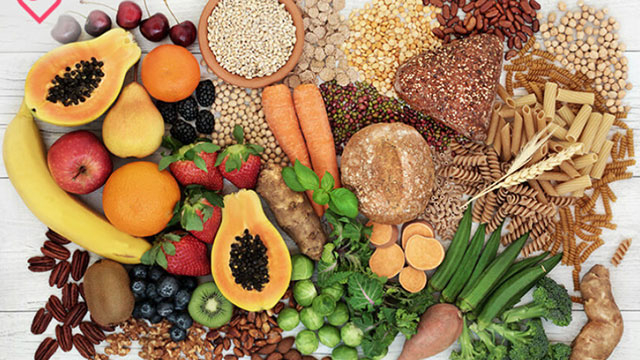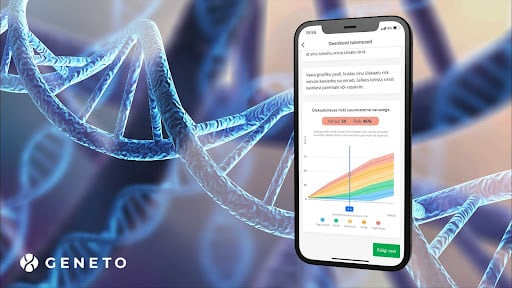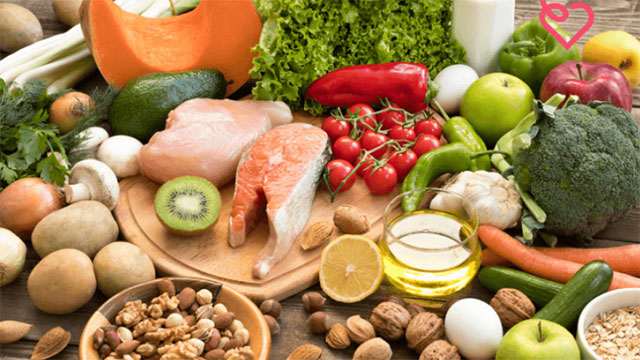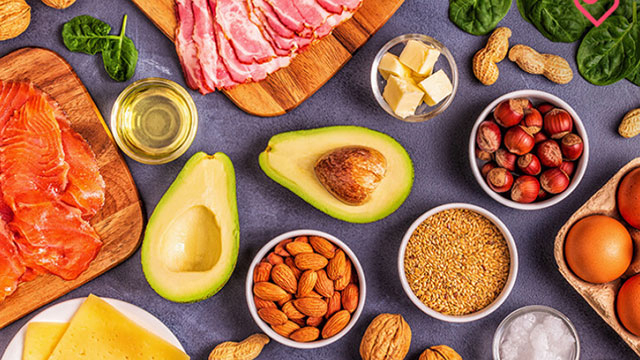The ABC of weight loss: carbohydrates – to limit or not to limit?
Our previous post focused on getting started with the weight loss journey and emphasized the four essential steps for permanent results of weight loss. The key is your inner will and motivation. Remember your big reason for embarking on this journey.
If you already have observed your eating and kept a food diary for a bit, you should now have an overview of your food choices and portion sizes. This is a good starting point for taking the next steps towards a healthier lifestyle. Don’t forget that building a habit takes its time choose your own pace. If you feel that you are not quite ready yet, you can always come back to this article later. But now, let’s talk about carbs should you limit your carb intake or not? Which carbs even exist and how to consume them? Is it possible to lose weight by limiting your carb intake? Nutritionist and nutritional therapist of Geneto, Mari-Liis Väli has got the answers.
Weight loss of about 2 to 4 kg a month is considered to be normal. Rapid weight loss in the first weeks of a low-carb and very low calorie diet comes mostly from water loss. But how so? Our liver stores glucose supplies (carbohydrate supplies) which are bound to water. If our diet is low in carbohydrates, these glucose supplies will be used up (to make energy), water will be released and is excreted from our bedy. Rapid weight loss seen in starving and low carb diet does not come from losing fat and is therefore not very sustainable. Our goal is to learn to eat healthy and by turning it into a lifestyle habit, sustainable weight loss becomes possible.
One of the key points of a healthy and sustainable weight loss is balancing your carb intake. But why is it so important for losing weight? First, let’s see what happens in our bodies. If we raise our blood glucose levels by eating carbs, the pancreas will release a hormone called insulin into the bloodstream. Insulin helps to deliver glucose from blood into the cells. It is also involved with storing fat: if we uncontrollably consume fast digesting carbs, our glucose levels will be too high, which is a signal for insulin to turn excess glucose into fat and store it as body fat. Keeping slow digesting carbs in our diet helps to control our blood sugar levels and therefore alter this fat-related mechanism. This explains why weight loss can’t be based on counting calories alone and emphasizes the importance of proportioning macronutrients.
Controlled intake of carbs results in more stable blood glucose levels, which is not only important for achieving and maintining a healthy weight, but for ensuring good health and elevating your energy levels as well.
How to balance carbohydrates?
Firstly, it is important to note that you should not eliminate carbs from your diet. Carbohydrates are our main source of fuel and getting enough of them is therefore very important. Glucose (one of the main components of carbs) is the only source of energy for the brain. Every meal should contain carbohydrates, but the important part is choosing the right ones and consuming them moderately.
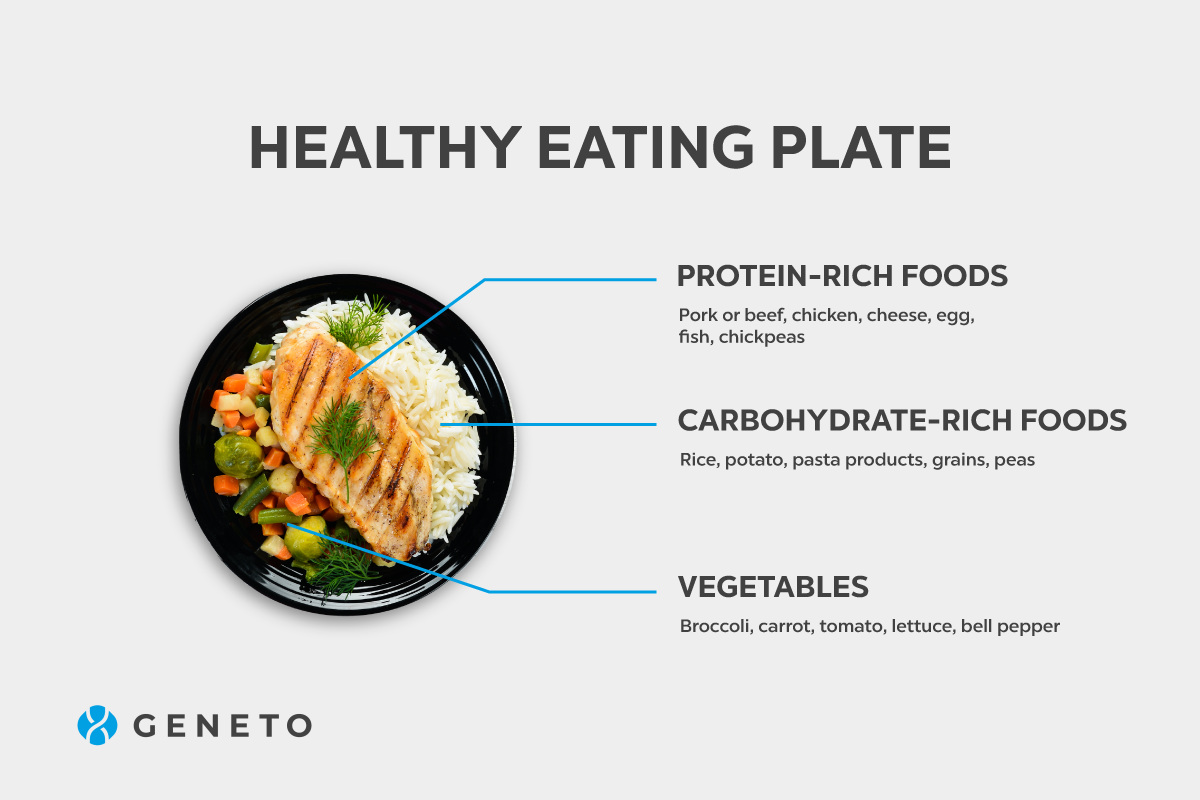
The plate rule – distributing macronutrients of a meal
The plate rule is an excellent assistant for planning your daily menu and meals. Refer to the picture above for distributing carbs, protein and fats onto your plate and read this article to get to know more about the plate rule. Balancing your carb intake and keeping the plate rule in mind is already a huge step forward!
The following tables illustrate the amounts of various carbs suitable for losing weight for snacks (see table 1) as well as for main meals (see table 2).
Table 1 illustrates the amounts of snacks for losing weight. The amounts apply to eating these foods at once; if you eat two foods from the list, divide their amounts by two. The table illustrates perfectly how dried fruit, for example, have a much bigger impact on blood glucose levels than wholegrains do. The impact of fruit on blood sugar depends on their fructose (aka fruit sugar) and glucose content; fructose has a lower impact on blood sugar levels. The table shows how dates and grapes have a bigger impact on blood sugar levels than an apple, because dates and grapes contain mostly glucose whereas an apple contains mostly fructose. This means that an apple has a slower impact on blood sugar levels and is therefore a better option for someone who’s trying to lose weight. Dates are commonly mistaken as a healthy snack for losing weight, while they are actually very sweet and raise blood sugar levels quickly. The suitable amount for losing weight is only 10g of dates at once.
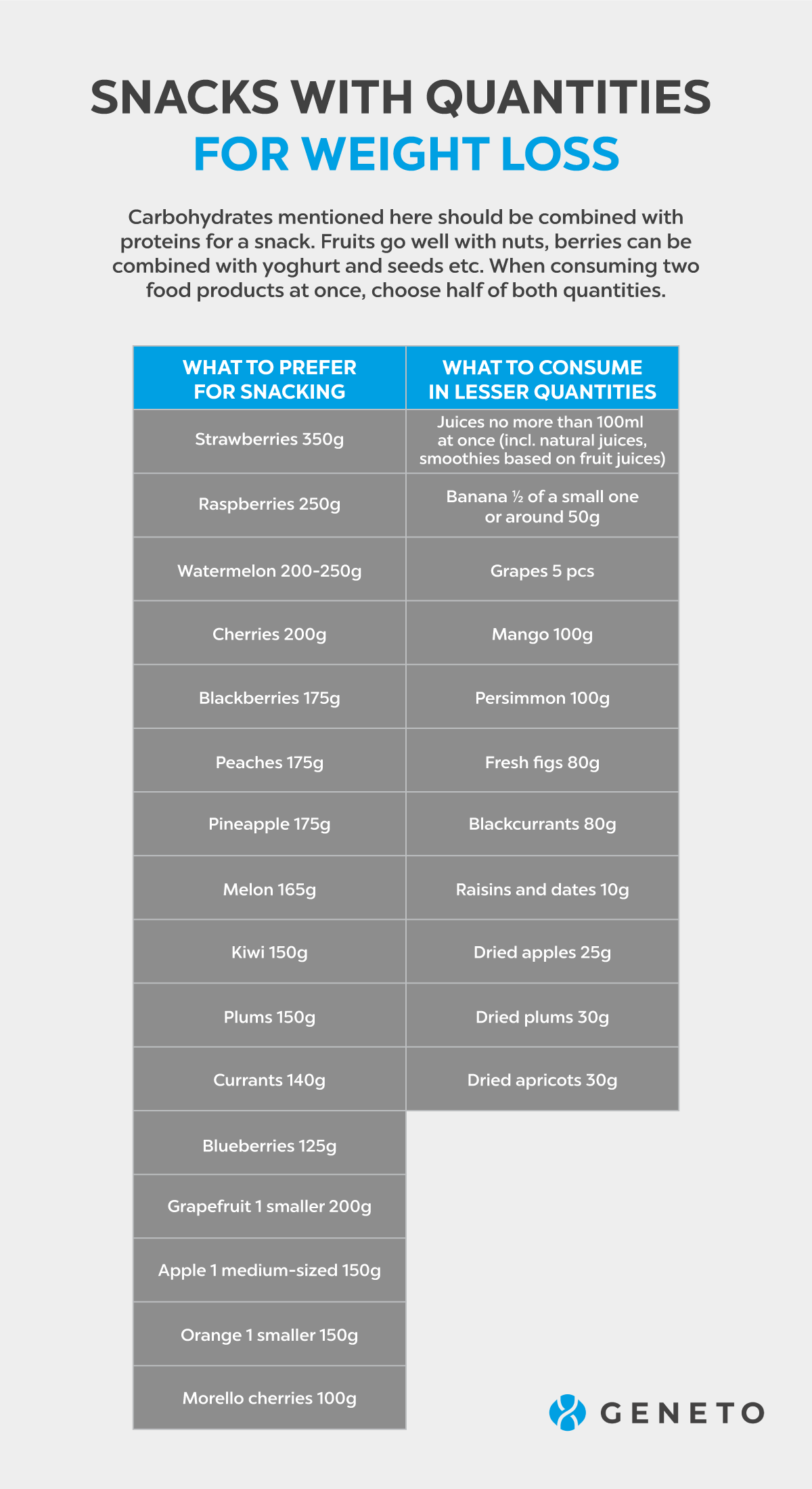
Table 1. Snacks in suitable amounts for losing weight.
Dark chocolate is a common snack to relieve your sweet cravings. It’s actually a pretty healthy option for those with a sweet tooth in moderation. When trying to lose weight, you should limit yourself to a 30g piece at once. Erythritol, stevia or a dash of agave syrup are all good options for making your own sweets. People tend to believe that syrups are somehow healthier and better options than regular sugar, however you shouldn’t think of them any differently than of regular sugar and it’s best to consume them in moderation. Honey is also worth mentioning, as its allowed amount for someone trying to lose weight is 10g at once.
What else should you keep in mind?
There are other factors besides choosing the right carbs that affect your blood sugar levels:
- Combining food groups, such as combining high-carb foods with high-protein foods (another example where the plate rule can be of help). A good example is combining rice with fish, cottage cheese or legumes. Fruit can be combined with nuts or nut butters. Top your morning oatmeal with seeds, berries, nut butters or with a teaspoon of butter. If you like your oatmeal with jam, go for homemade raw jam (pop the berries into a blender and blend them, add some erythritol/1 tbsp of agave syrup/0.5 tsp of honey for sweetness) and don’t forget to add seeds (for example, peeled hemp seeds make a very tasty porridge topping). Serving your morning oatmeal with a very sweet jam or syrup + a whole banana, for example, is not very sensible as carbs won’t be balanced and therefore have a greater impact on blood sugar levels. The same applies for smoothies as well try other options besides regular smoothies based on fruit and fruit juices as their impact on blood sugar levels is also bigger. Leafy vegetables are excellent for smoothies, accompanied by various delicious berries and ginger to add a spiky flavour. Kefir is also a great way for balancing carbs in a smoothie. Smoothies based on kefir or natural yogurt are very delicious and creamy, a berry-yogurt smoothie makes an excellent substitute for a milkshake on a hot summer day.
- Processing food does make a difference the more processed a food is, the greater its impact on blood sugar levels. This is another reason for choosing wholegrains over refined grains. As for potatoes, prepare them by boiling or steaming, as oven roasted and fried potatoes have a bigger impact on blood sugar levels. The same applies for pasta: cook your pasta al’dente, not until completely mushy.
- Foods high in fibre have a smaller impact on blood sugar levels as your body has to put more effort into digesting fibre, which means that glucose is released slowlier into the bloodstream and its levels in blood won’t go up so fast. Wholegrains, legumes, fruit and veggies contain a lot of fibre another reason for keeping lots of veggies on your daily menu and choosing wholegrains over refined grains. Legumes should appear on your menu at least weekly (they make a great substitute for meat dishes).
Getting to know and getting used to all these types of carbs takes its time. Choose one food from the green column of the table that you haven’t eaten for a long time or maybe have never even tried, for example parsnip or quinoa, and add it to your next grocery shopping list. Try and experiment with a new ingredient or a healthier way of cooking next week. Our nutritionist Mari-Liis Väli has created lots of delicious recipes that tick all these boxes for the Geneto app. The app will generate the amounts in your menu based on your weight loss goal. Following a diet plan is the most reliable way for a sustainable weight loss. (PS! If any of these ingredients are not familiar or appetizing to you, click on the recipe and scroll to find another healthy recipe that suits you better. If you press the ”Change the menu” button, the app will present to you even more choices).
Balancing your carb intake is the key point of losing weight, but fats and protein in your diet should nevertheless be balanced as well. However, lifestyle changes should be introduced step by step and that’s why fats and protein will be addressed in our next post.

Mari-Liis Väli
Nutritional therapist of the Geneto app
